It's certainly been done.
 Source
Source
It's a bit more of a crapshoot than a traditional fuse, like a printed spark gap, but can be done. The trace should not be exposed. An exposed trace will be subject to contamination, possibly conductive contamination, which changes the amount of conductor you designed for a certain current. Admittedly a minor concern, but I don't see any pros for exposing the trace.
The above board was designed with pads to replace the fuse, it's from a car stereo system so they're likely expecting shorts downstream rather than surges from upstream. Having exposed pads for the latter case would be less desirable as a surge might burn the fuse and leave a conductive creepage path between the pads.
This paper explores and provides calculations for determining trace size for a printed fuse with a variety of copper weights.
A salient point from the paper, in case it isn't always available is the approximation for the time in seconds (\$ t \$) before a trace reaches melting temperature given current passing through it (\$I\$) and its cross sectional area in mils squared (\$A\$):
$$t = 0.0346 \times {{A}\over{I}}^2$$
Note that this is the approximate time to melt the copper given a 20°C ambient temperature. It might fail long before or a short time after this value.

